How To Start Growing Your Own Food
There are many benefits to growing your own food, from enjoying fresh and delicious produce straight from the garden to your table, to reducing your weekly grocery bill. Growing your own fruit and veggies is also a great start towards a more sustainable, self-reliant lifestyle, and ensures that you know exactly what goes into the produce you eat.
Where To Plant
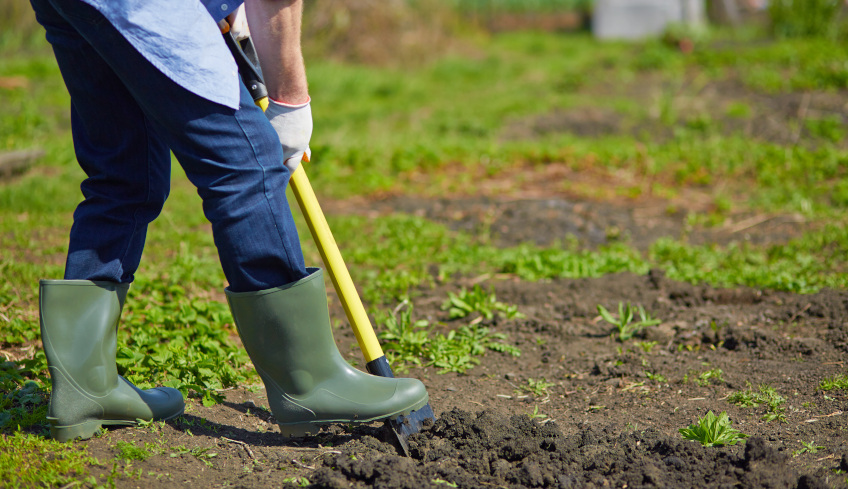
Before you begin, you’ll need to choose where you want to plant your fruit and vegetables. This will influence the types of produce you can grow based on the amount of shade and sun in that area, as well as the available space.
To get started with growing your own food you don’t need a large backyard full of tilled garden beds and trellises. In fact, it’s better to start small, by sectioning off a small area in your backyard. If you don’t have anywhere in your backyard to dig a new garden bed, pop into your local garden centre and grab a couple of raised garden beds, or even just a few large containers.
What To Plant
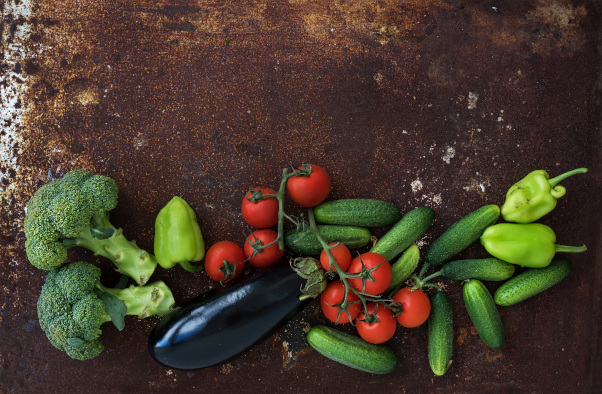
The type of produce you can plant will depend on where you will be planting them. For example, if you’re planting in containers, lettuce is a great option as it doesn’t require a lot of space. Conversely, tomatoes require a lot of vertical space as well as support as they get taller, and will need to be planted against a wall or tied to canes to allow the plant to flourish.
When choosing which plants to grow, start with your favorites as they are likely the fruit and veg you are currently buying the most of. For details on the required growing conditions on each plant you choose, check the back of the seed packet or ask at your local garden centre.
Planting a fruit tree is a great way to start as they provide shade and, once established, produce a crop of delicious fruit each year with minimal maintenance.
It’s also important to keep in mind that most fruits and vegetables have a natural season. It pays to check this information before buying your plants to ensure that you are planting them at the best time for a ripe and delicious harvest.
How To Start – Prepare Your Soil
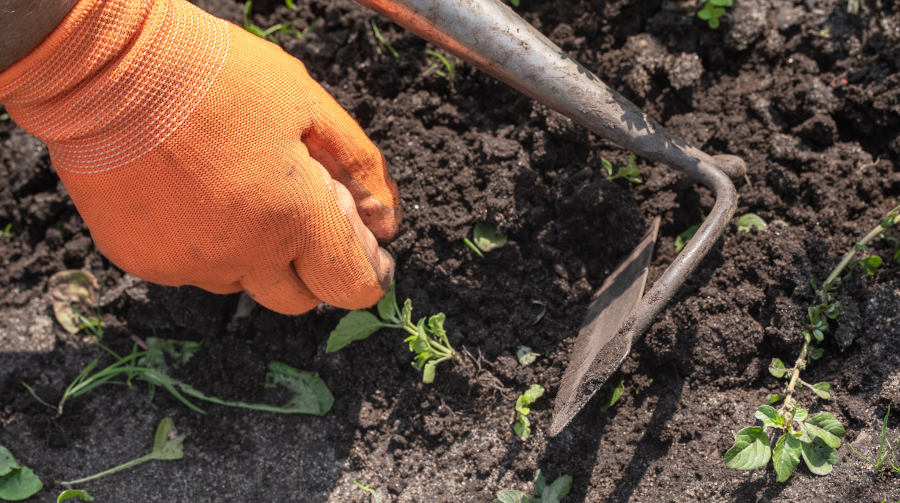
A successful crop of fruit and vegetables begins with good soil. Start by finding out what kind of soil you have, whether it favours clay, sand, or loam. This can be easily estimated with a simple squeeze test (click here for more information). Different type of soil will support the growth of different foods. For example, potatoes, carrots, and onions can survive in clay based soil, whereas, more delicate plants, such as strawberries, would benefit from loamy soil that is rich in organic matter.
Once you know what kind of soil you have you can improve the soil with compost or fertiliser to give your new crops the best chance at growth. If you’re not sure what type of soil you have or what you need to add to it in preparation for growing your own food, talk to the gardening specialists at your local garden centre.
Time To Plant
Once you have prepared your soil it’s time to start planting. The method of planting you should use will depend on the type of food you’re growing. For example, many seeds and bulbs can be planted straight into the ground. However, some plants should be started off in seed trays to be transplanted in your garden later in order to give them the best chance of survival.
If it’s your first time growing anything, consider purchasing vegetable plants that are already partially grown to transplant into your garden. This will give you a higher chance of a full harvest as they are already established and all you’ll need to do is keep them happy until it’s time to eat them.
Regular Watering
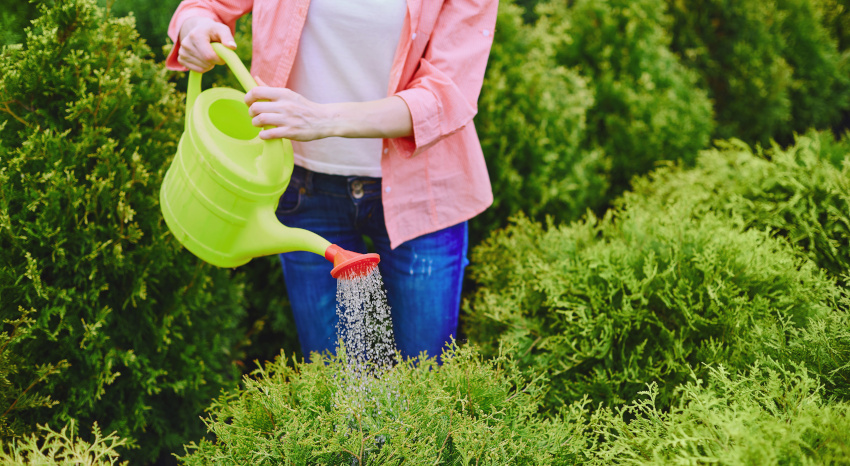
Everyone knows that plants need to be watered regularly to survive. However, the amount and frequency of watering is key to ensuring that your plants not only survive, but flourish. Some plants can survive on less water than others, so it’s important to check what the needs of your chosen plants are. This information can usually be found on the care instructions at the back of seed packets.
When watering your plants, check for signs of dehydration, particularly if you live in a warmer climate. Common signs of dehydration include wilted leaves, dry feeling soil, and dead leaf tips.
Additionally, water your plants in the morning or early evening when the sun is less harsh to prevent the water from evaporating too quickly.
Protect From Pets
In Australia, there are many pests that prey on backyard fruit and veg such as birds, insects, and possums. To ensure a healthy harvest once your crops have ripened it’s important to protect against such pests.
Using a fine mesh to cover your plants is a great chemical free way to ward off insects and other pests. Alternatively, a polythene cover will protect against both pests and harsh weather which can be particularly useful for plants that need to retain heat.
Harvest & Enjoy
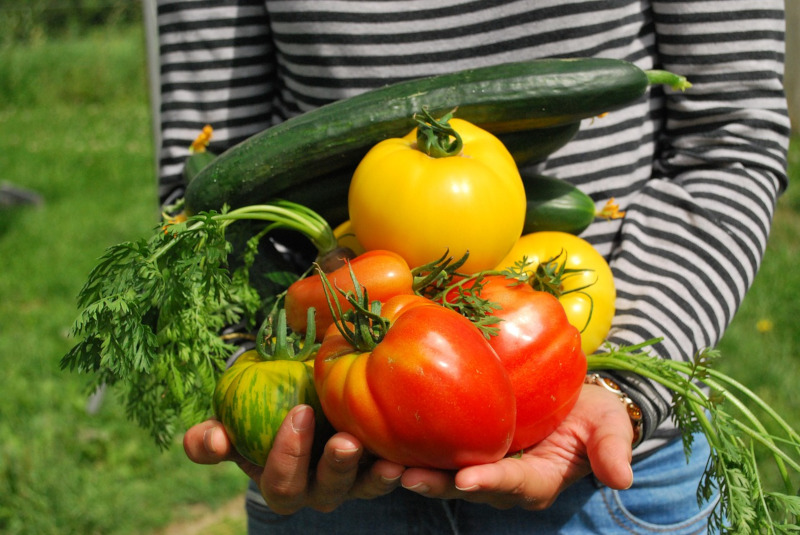
Finally, the most rewarding step is harvesting. Harvesting at the right time is crucial to ensuring your grown fruit and veg are ripe, juicy, and delicious. It’s important to keep a close eye on ripening plants so you will know when it’s the right time to pick them.
Some crops are happy to stay in the ground once ripened to be picked as needed. Whereas, others will be tastier if harvested as soon as they ripen. If you’re not sure if your crops are ripe, let your taste buds decide.
Start Growing Your Own Food Today!
Growing your own food means that you know exactly what has gone into your plants and ensures extra fresh, in-season produce, while reducing your grocery bill. To get started on growing your own fruit and veggies, head down to your local garden centre at Wellers Hill Hardware. We are a locally owned and operated store with a team of landscape and gardening enthusiasts ready to help you start growing your own food.
Visit our store today at 1 Denham terrace, Tarragindi or give us a call on 07 3848 1682 for expert advice on starting your own food garden.

